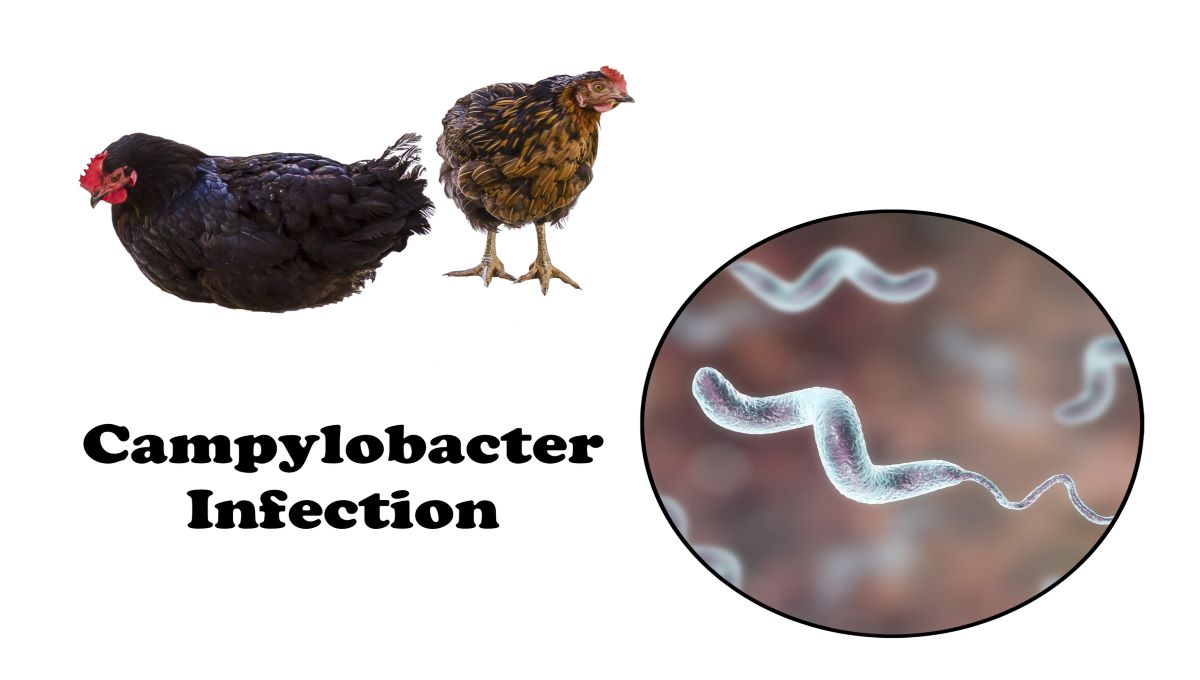Changes to sampling requirements at low-throughput slaughterhouses are unlikely to result in a significant shift in the number of Campylobacter cases in the UK, according to a report.
Researchers did not detect a significant difference in the proportion of highly contaminated samples from low- and high-throughput slaughterhouses. High contamination is above 1,000 colony-forming units per gram (CFU/g).
An analysis estimated the difference in risk of campylobacteriosis for products from low and high-throughput poultry slaughterhouses.
Campylobacter is the most common cause of bacterial foodborne illness in the UK. Every year there are an estimated 300,000 cases, of which more than half are related to poultry meat.
Current rules
Levels are routinely monitored in chicken carcasses processed in high-throughput slaughterhouses, but this testing is not carried out in some low-throughput plants for financial reasons. Each high-throughput site processes more than 7.5 million birds per year, and low-throughput sites handle less than this amount. Of the 1 billion birds slaughtered annually in the UK, about 5 percent go through low-throughput slaughterhouses.
The current rules require samples to be taken once a week. If more than 15 out of 50 have high levels of Campylobacter, measures need to be taken. Beginning in January 2025, no more than 10 samples out of 50 should exceed 1,000 CFU/g Campylobacter.
Work was done to help the FSA decide whether a tailored-made sampling regime for small-throughput slaughterhouses would be appropriate.
Most chicken on sale in the UK is produced in high-throughput sites. This means small improvements to large plants will have a bigger impact on the overall risk to the public than large changes at smaller plants, according to the report.
No enforcement action is currently taken due to slaughterhouses not sampling or failing the 15 out of 50 requirements.
Results and data gaps
There were 38 low-throughput and 22 high-throughput slaughterhouses registered in the UK, although only 34 provided Campylobacter samples.
Fifty samples from low-throughput slaughterhouses were taken over a 10-week period from September to December 2021 by the FSA to supplement data provided to the agency by food businesses. Seventeen slaughterhouses of each type submitted results in this period.
Low-throughput sites had 197 of 934 samples above 1,000 CFU/g, while high-throughput plants recorded 352 of 1,972 samples above this level.
Two plants had more than 60 percent of their samples exceeding counts of 1,000 CFU/g – one was low-throughput, and the other was a large processor. The legislation states this should be no more than 30 percent or 15 out of 50 samples.
Scientists predicted that if samples were taken every two weeks or every four weeks instead, that would still allow identification of some slaughterhouses failing to comply with the 15 out of 50 exceedance rate. However, identifying issues will take longer, may not detect some failing slaughterhouses, and may impact behaviors; for example, less frequent sampling could affect standards during processing.
However, there was no information on the poultry rearing method prior to arriving at the slaughterhouse or to whom it was supplied as part of onward distribution. Data on low-throughput abattoirs were only available for a period of three months and at the end of slaughter.
Researchers found a lack of consistency in applying sampling requirements in low-throughput slaughterhouses and limited information on corrective actions when high levels are detected.
(To sign up for a free subscription to Food Safety News, click here.)

